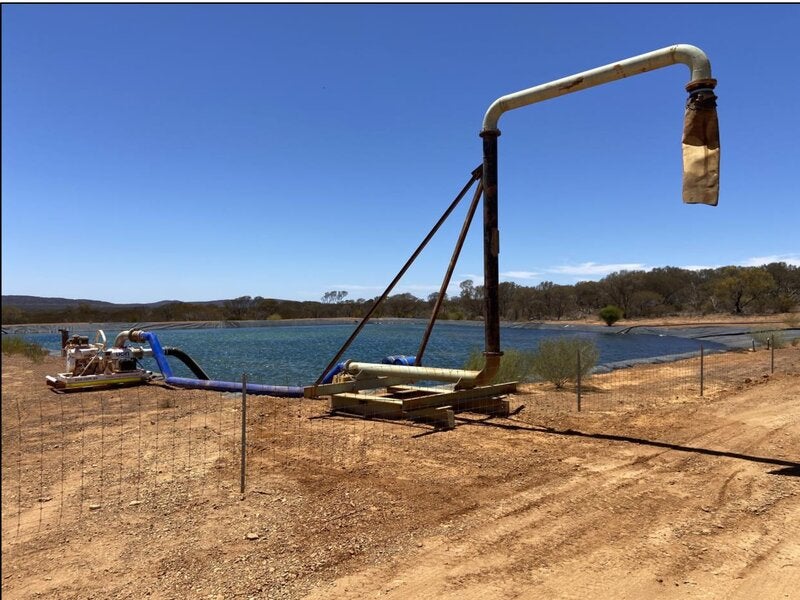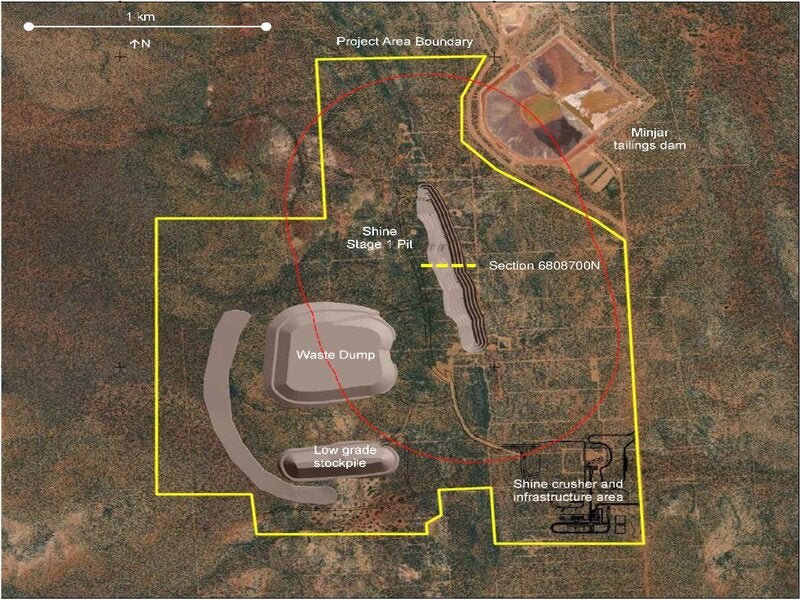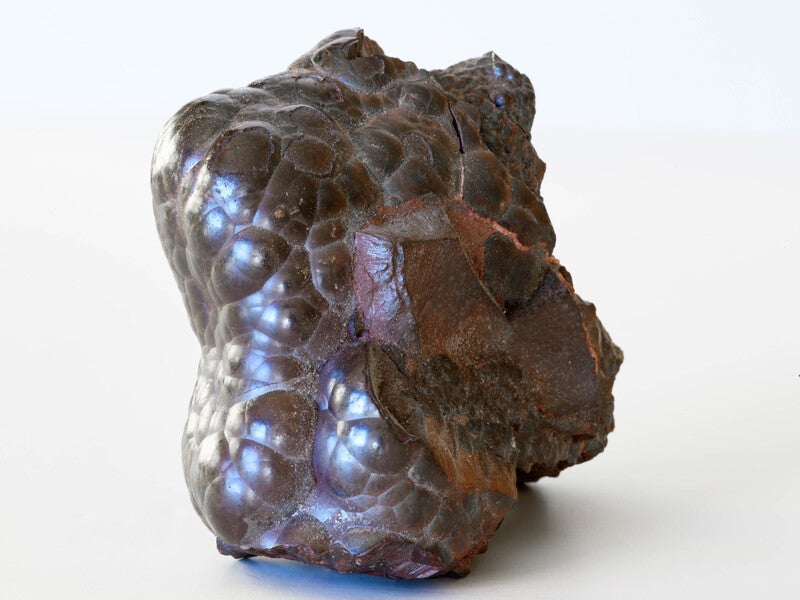The Shine iron ore project is a direct-shipping iron ore (DSO) project being developed by Mount Gibson Iron in the mid-west region of Western Australia.
While the feasibility and technical studies were completed in 2014, the technical re-evaluation of the project was carried out in early 2020.
The Western Australia (WA) Government renewed the environmental approval for the iron ore project in May 2020.
While the early site construction works were commenced in January 2021, the mine is expected to produce its first ore in April 2021.
The Shine iron ore project is expected to produce approximately 2.8 million wet metric tonnes (Mwmt) of iron ore over a mining period of two years, in stage one.
Location, geology and mineralisation
The Shine iron ore project is located approximately 375km north-east of Perth, 85km north of Mount Gibson’s Extension Hill, and 230km east of the Port of Geraldton, in the mid-west region of Western Australia.
The project site comprises M59/406, M59/421, and M59/731 mining leases covering a total area of approximately 6.5km2.
It is mostly a hematite mineral deposit located within the Warriedar Fold Belt, a part of the Archaean Yalgoo-Singleton greenstone belt. It lies in the sub-vertical Windanning banded iron formation (BIF) with its width ranging between 50m and 120m.The BIF is bounded by mafic, ultramafic and pelitic sediments to the east, while a talc-rich ultramafic schist surrounds the western portion.
The iron ore mineralisation at the project area occurs as goethite, hematite and magnetite. While the hematite-goethite mineral resources are located in the upper portions of the BIF, magnetite occurs in the lower portion, approximately 100m below the base of oxidation. The mineralisation extends approximately1.7km-long and occurs in two 30m-wide sub-parallel zones.
Shine iron ore deposits and reserves
The Shine project is estimated to hold about a total of 15.9 million tonnes (Mt) of measured, indicated and inferred hematite-magnetite resources with an average grade of 58.1% Fe.
It includes approximately 10.8Mt of measured, indicated and, inferred hematite resources grading 58.2% Fe, and an additional 5.1Mt of magnetite resources grading 57.5% Fe.
In stage one, the project will produce approximately 2.8Mt of direct shipping iron ore comprising 40% lumps and 60% fines.
Mining method and ore processing
The Shine iron ore project will employ the open-pit mining method with conventional drill, blast, load, and haul operations.
The drilling operation is carried out using a track mounted HYDCO 800 RC (Reverse Circulation) drill rig connected with a compressor.
The extracted ore will be processed in a crushing and screening facility at the site for the production of standard lumps and fine products. The crusher facility will comprise a single toggle jaw primary crusher and a secondary cone crusher.
The required iron grade within the specification limit will be maintained through post-crushing sampling and stockpile management.
The iron ore product will be trucked to the Port of Geraldton, located approximately 300km away from the mine site.
Contractors involved
AMC Consultants were engaged for mine planning and the pit optimisation study, while Coffey Services Australia performed the geotechnical review of the project in 2020. Coffey Services was also consulted for economic evaluation of the mine in December 2013.
Haren Consulting provided the iron ore resource estimates in June 2015, while Snowden Mining Industry Consultants provided the initial resource estimate in 2012.
Shine iron ore project background
Mount Gibson Iron acquired the Shine iron ore project from Gindalbie Metals, a wholly owned subsidiary of Chinese steel producer Ansteel for £6.49m (A$12m) , in March 2014.
The drilling operations at the project site were carried out between 2007 and 2012.





